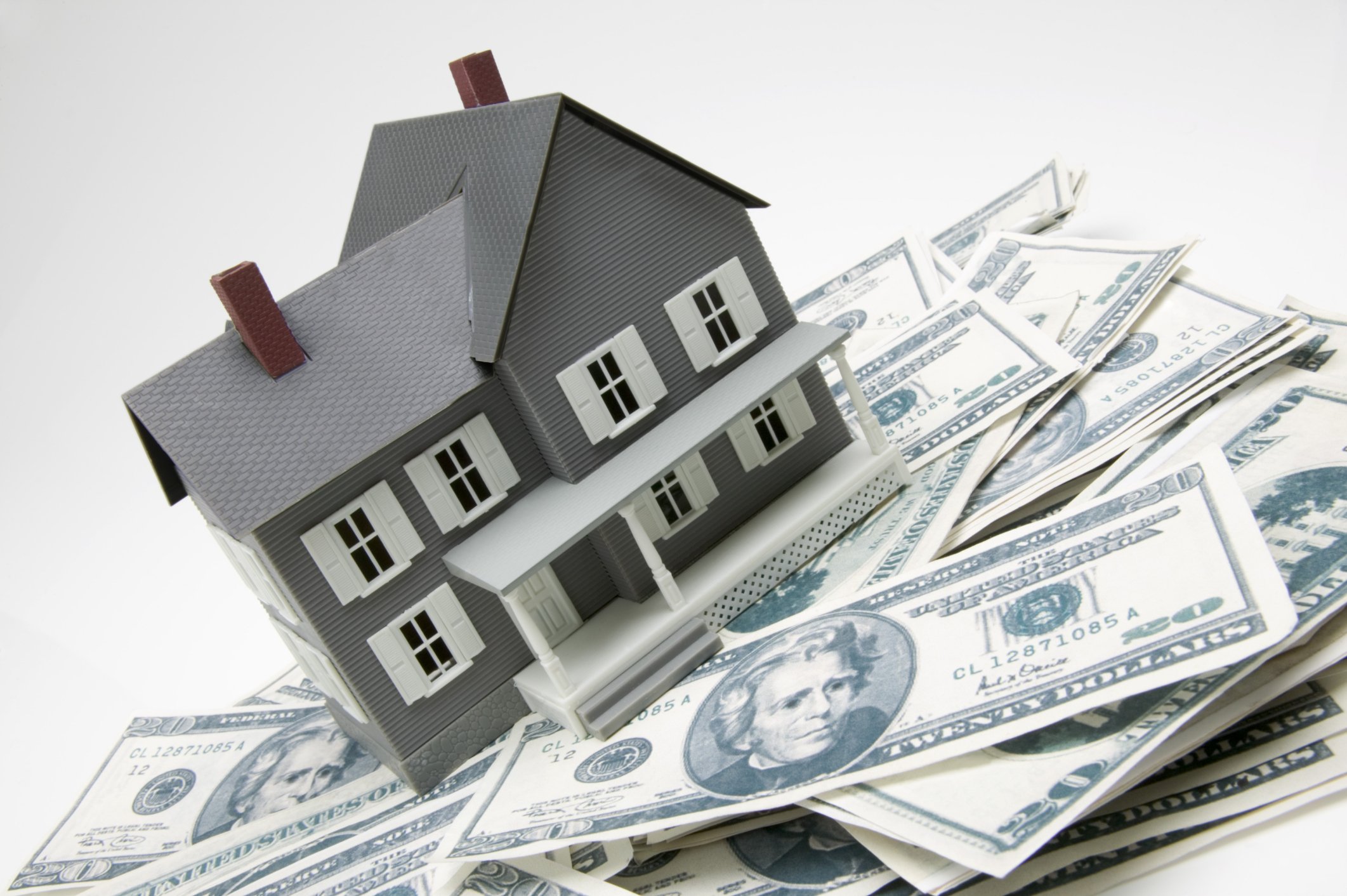
If you’ve been searching for a new home, whether to buy your first or “trade up” into a larger or fancier home, chances are you’re having a hard time finding suitable options. That’s because availability of starter (median price $154,156) and trade-up (median price $267,845) homes on the market has decreased over the past four years all across the country, according to a new quarterly report on the supply and affordability of homes.
The Trulia Inventory and Price Watch found that increases of premium home prices (median price $542,805) are strongly correlated with a drop in the number of trade-up homes on the market, while a larger share of homes owned by investors is likely affecting the supply of starter homes.
“America is experiencing a housing shortage,” the report concluded. “Not only are there fewer homes available to buyers of all income levels, those just starting out or making their first foray into home ownership are worse off than they’ve been in years. There are fewer homes available, an even if they can find a home, it’s likely to be more expensive.”
Trulia looked at the national housing stock in the 100 largest U.S. metros from Jan. 1, 2012, to March 1, 2016, finding:
- Nationally, inventory has dropped most for starter and trade-up homes, but less so for premium homes;
- Regionally, starter home inventory is down most in the West and South. Starter home affordability is down most in California;
- Rising prices is causing homebuyer gridlock. The growing price spread between premium homes and trade-up homes in some markets is highly correlated with fewer trade-up homes coming onto market.
Starter & Trade-Up Inventory Down More Than 40%
 The low inventory is taking a toll on the affordability of all home segments, but especially starter homes, Trulia found. At the bottom of the housing market in 2012, starter homes were nearly affordable, the report showed, primarily because starter prices were discounted: homebuyers needed only to shell out 32.2% of their income to buy the median priced starter home. Now, starter homebuyers would need to dedicate 37.7% of their income – a 5.6 percentage point increase, the Trulia report said. This is significantly more than the 2.6 and 1.4 percentage point increase in income that trade-up and premium homebuyers need to spend, respectively.
The low inventory is taking a toll on the affordability of all home segments, but especially starter homes, Trulia found. At the bottom of the housing market in 2012, starter homes were nearly affordable, the report showed, primarily because starter prices were discounted: homebuyers needed only to shell out 32.2% of their income to buy the median priced starter home. Now, starter homebuyers would need to dedicate 37.7% of their income – a 5.6 percentage point increase, the Trulia report said. This is significantly more than the 2.6 and 1.4 percentage point increase in income that trade-up and premium homebuyers need to spend, respectively.
Over the past four years:
- The number of starter homes on the market dropped by 43.6%, while the share of starter homes dropped from 30.2% to 27.7%. Starter homebuyers today will need to shell out 5.6% more of their income — based on the median income of start-up buyers — towards a home purchase than in 2012;
- The number of trade-up homes on the market decreased by 41%, while the share of trade-up homes dropped from 27.2% to 26.1%. Trade-up homebuyers today will need to pay 2.6% more of their income for a home than in 2012;
- The number of premium homes on the market decreased by 33.4%, while the share of premium homes increased from 42.7% to 46.2%. Premium homebuyers today will need to spend 1.4% more of their income for a home than in 2012.
Why Are Inventories So Low?
Trulia found three reasons why inventory is so low, especially for starter and trade-up homes: First, investors bought many of the foreclosed homes during the recession and turned them into rentals. Second, a larger share of lower-priced homes are still underwater compared to premium homes, which means that these homeowners are unlikely to sell and take a loss. Third, and most important, rising prices are creating homebuyer gridlock. In other words, the spread of home prices, specifically the growing difference between premium homes prices and trade-up home prices, is likely causing a decrease in trade-up home inventory.
Why does the premium price spread matter? The more premium home prices rise, the more difficult it is for trade-up homeowners to find a premium home that fits their budget. And if trade-up homeowners can’t find a home that fits their budget, they are less likely to sell their existing home.
“In fact, there is a strong correlation between growth in the premium home price gap and a drop in the inventory of trade-up homes,” the report said. “In other words, housing segments are intertwined. The more premium prices rise, the less likely existing trade-up homeowners will put their home on the market.”
Western States Hit Hardest
Across the 100 largest metros, 95 have shown a decrease in the number of starter homes over the past four years, the report found. Of the 10 metros that have seen the largest drop, all are in the West and South, the report found. The number of starter homes in Salt Lake City has dropped the most, from 1,243 to just 151 – an 88% drop in four years.
Nine of the 10 metros experiencing the largest drop in starter home affordability – which is affected by both the number of listings and home-buying demand – are located in the California. Starter homebuyers in Oakland, Calif., would have to spend nearly 70% of their income to afford a 30-year fixed-rate mortgage on a starter home, which is 29% more of their income than in 2012.
Demand for starter homes remains high because of strong job growth, the report said. Faced with growing demand and tight supply, prices of all homes in California have risen sharply over the past few years.
This means buyers must settle for smaller, less expensive homes than they might otherwise buy elsewhere.
Remember, regardless of whether you’re looking to buy your first or fifth home, a good credit score can help you get the best mortgage rates, so if you find your score isn’t in as good of shape as you’d like, take some time to make an effort to improve your credit before home shopping. You can get two of your credit scores for free every month at Credit.com.
This article originally appeared on Credit.com and was written by Constance Brinkley-Badgett.










